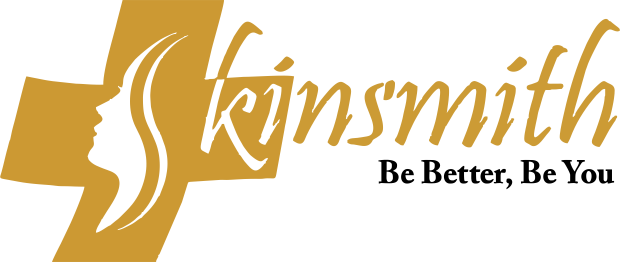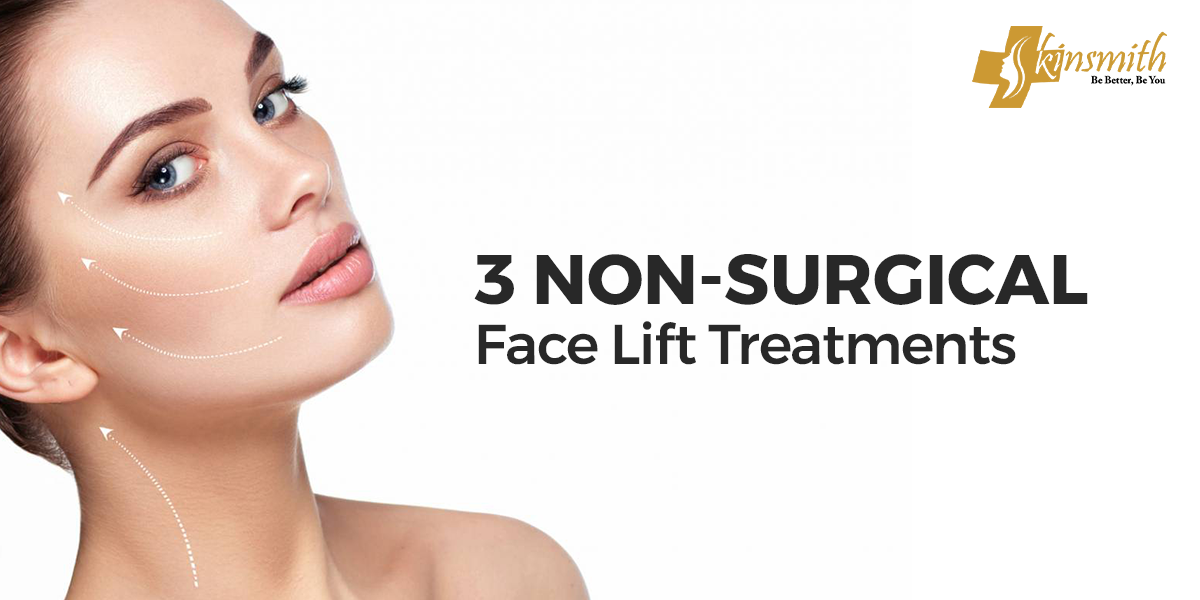Non-Surgical Face Lift
It is a combination of non-invasive skin rejuvenation treatments. Its main purpose is to refresh damaged skin. This involves a handful of cosmetic procedures, it helps to smooth your fine lines and wrinkles. Furthermore, it removes any damage to surface skin and boosts the production of new collagen that provides a lifting effect. Non-Surgical Face Lift Treatment in Islamabad and Rawalpindi.
A non-surgical allows you to avoid any invasive procedure such as surgical facelift, anesthesia, and scarring of plastic surgery. It provides you with anti-aging benefits.
Pros & Cons
Non-Surgical Face Lift Treatment in Islamabad and Rawalpindi has the following Pros and Cons:
Pros
- Non-surgical facelift has minimal downtime. However, this treatment leaves you swollen or bruised for a few days. In last it has the least downtime compared to other facelift surgery.
- The anesthesia used for Non-Surgical Face Lift treatment in Islamabad and Rawalpindi would be a numbing cream
- This treatment has less invasive than surgery. So, it has minimum potential health risks.
Cons
- The degree of facelift you get from non-surgical treatment is not what you expect from a surgical facelift.
- You need to attend more treatment sessions for optimal results.
- Non-surgical treatment requires maintenance treatment as often as three to four times a year.
Expectation
After injectables, you may feel bruises for at least a few hours. Bruising is a common side effect and it depends on its severity and how long this will last.
A non-surgical skin tightening treatment has no real downtime. It is because this treatment target only the deeper layer of the skin. However, after the treatment, you may feel sore from the rubbing of the heated devices against your skin.
1. Botox
Botox in Islamabad. It is the most commonly used non-surgical treatment. A Botox is a neuromodulator that is injected into the muscle, as a result, this causes temporary relaxation. As relaxed muscles no longer being able to contract So, therefore, cannot create wrinkles.
Botox injections are capable of treating fine lines and wrinkles. These fine lines and wrinkles usually appear near the forehead, eyebrows, and around the eyes. Results from Botox require more than a single dose. Ongoing treatments stop wrinkles from returning. However, for deeper wrinkles, it may take several treatments to get the desired results.
2. Dermal Fillers
Loss of facial volume is the major cause of falling cheeks. It creates the illusion of sagging skin. However, we can restore the volume without surgery in a short period of time. As a result, you will feel like you had a facelift. These procedures are known as Dermal Fillers.
Dermal Fillers in Islamabad. Following are the variety of dermal injections that can be used:
- Hyaluronic Acid-Based Fillers
- Collagen-Based Fillers
- Semi-permanent fillers
- Permanent Fillers
3. Thread Lift
Thread Lift in Islamabad. This is a minimally invasive cosmetic treatment. This procedure involves temporary sutures to lift your skin and add definition to your facial contours. However, this treatment does not remove any loose facial skin, it only stitched up certain skin to keep it skin taut. Thread Lift creates an effect by pulling your skin back and lifting. As a result, it tightens your face.
A thread lift technician uses a PDO. PDO stands for Polydioxanone. In thread lift PDO is used for self-dissolving sutures, these sutures dissolve in your body in a couple of months. Therefore, its effect depends on the area the face is being treated. However, the provider has a choice of using smooth threads or barbed threads depending on the lift that is required.
Collagen helps support “growth factors” that greatly influence the condition of our skin. In addition to being used for wound healing, collagen helps to keep our skin strong, voluminous, and supple. As we get older, our bodies gradually produce less and less collagen, which leads to an 80% reduction in skin thickness by about age 70. As the skin grows weaker, it’s no longer supports the tissues beneath it adequately, meaning that gravity pulls it downwards and stretches it. By infusing the skin of the face with fresh collagen when the signs of skin laxity are still mild can help to both reduce looseness (by thickening and hydrating the skin) and prevent your skin from getting worse (by strengthening the skin).
Working
Thread lift has different types and each type is capable of accomplishing different goals. Thread lifts are made from absorbable suture material. This material slowly dissolves under the surface of the skin. As a result, this will form new collagen. Thread lifts often have cones or barbs to grip tissue during placement and provide to temporary lifting effect.


